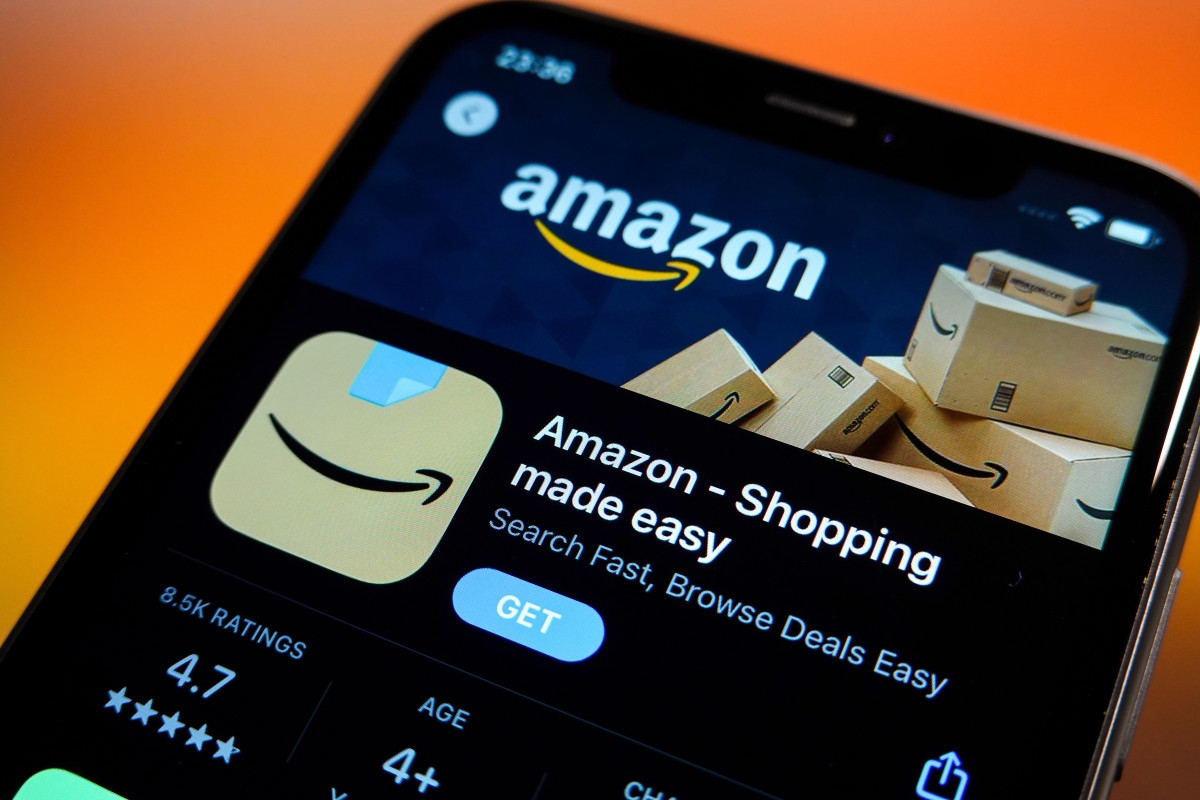
If you're like most Americans, chances are you increased your online shopping activity over the past few years.
Covid, for all of its tragedy and inconvenience, certainly proved to be a boon for many online retailers.
Related: Amazon CEO has harsh words for employees who want to work from home
E-commerce skyrocketed as many folks sheltered in place. Bars, restaurants, theaters and airports were either closed or ghost towns. If you weren't an essential worker, for many months there was little else to do except curl up with a good book or your credit card.
In the first year of the pandemic, online sales increased 43% year-over-year from $571.2 billion in 2019 to $815.4 billion, according to the U.S. Census.
And although everywhere from the local library to Lisbon is open once again, that online shopping uptick hasn't gone anywhere. Take Amazon's (AMZN) -) July 2023 Prime Day, for example. The online giant had a record event, generating a record total $12.7 billion in sales.
"The first day of Prime Day was the single largest sales day ever on Amazon," Amazon wrote following the event, adding "Prime Day 2023 was also the biggest Prime Day event ever for independent sellers, whose sales growth in Amazon’s store outpaced Amazon's retail business."

The event went so well, Amazon is doing it again later in October 2023. Elevated e-commerce activity is likely here to stay, and so are the conveniences that come with it.
Amazon leans into convenience features
Rather than simply wait around another month for the subsequent Prime Days to roll around, Amazon has been hard at work optimizing the user experience beyond its own website. Anybody who's ever browsed a smaller online shopping site, especially one run on Shopify (SHOP) -), may have noticed a small little button that says "Buy with Prime."
The tiny button usually accompanies a product page and looks pretty similar to a "Buy Now," button on Amazon's actual site. It gives shoppers the option to buy a product using all the perks you might enjoy with Amazon Prime: free shipping, an easy checkout experience, seamless returns, and perhaps most importantly, trust, particularly if you're a new business.
Of course, you'd have to be a Prime member to actually reap these benefits, but with an estimated 160 million members as of 2023, that's (almost) a given at this point.
The button is so small you may not have noticed it. But Amazon and its partner merchants certainly have; it has generated an average 25% increase in shopper conversion when utilized on a partner site.
Initially, the Buy with Prime button was by-invitation only. But the stats don't lie. Amazon and partners found that 75% of Buy with Prime orders were from new shoppers. So it's expanding the service now, with some new features.
First, Amazon is adding a Buy with Prime cart, which adds your selections to a catchall cart and allows you to buy multiple items at once.
"The Buy with Prime cart also helps you optimize fulfillment costs, because Amazon can fulfill multiple products from one Buy with Prime order in fewer packages. With cart building activity and order data, you can gather insights about which products shoppers buy together," Amazon writes.
Amazon says that merchants saw a 15% increase in Buy with Prime units per order when utilizing the Buy with Prime cart.
The second new feature is a review integration, which allows shoppers to read reviews on a given product before actually making a purchase. Reviews are pulled from Amazon, where millions of shoppers review and interact with products every day. The more reviews an item receives, particularly if it's positive, the more traction it's likely to get, Amazon explains.
"Early results show that merchants who added Reviews from Amazon to their site experienced a 38% increase in shopper conversion, on average. We believe when merchants can use the volume and authenticity of their Amazon reviews on their DTC [direct to consumer] sites, they drive more interest in a product and increase shopper confidence."
Amazon also recently introduced Buy with Prime Assist, which integrates Amazon's customer service features on its products for free.
Of course, Amazon takes a fee up front when merchants integrate its service. The retail giant takes 3% from every order placed at a minimum of $1.50 per order. Still, if you're a small business owner — and especially if you're on Shopify, where Buy with Prime is available as a native integration — the ubiquitousness and inlaid trust in Amazon might just be too good to pass up.







